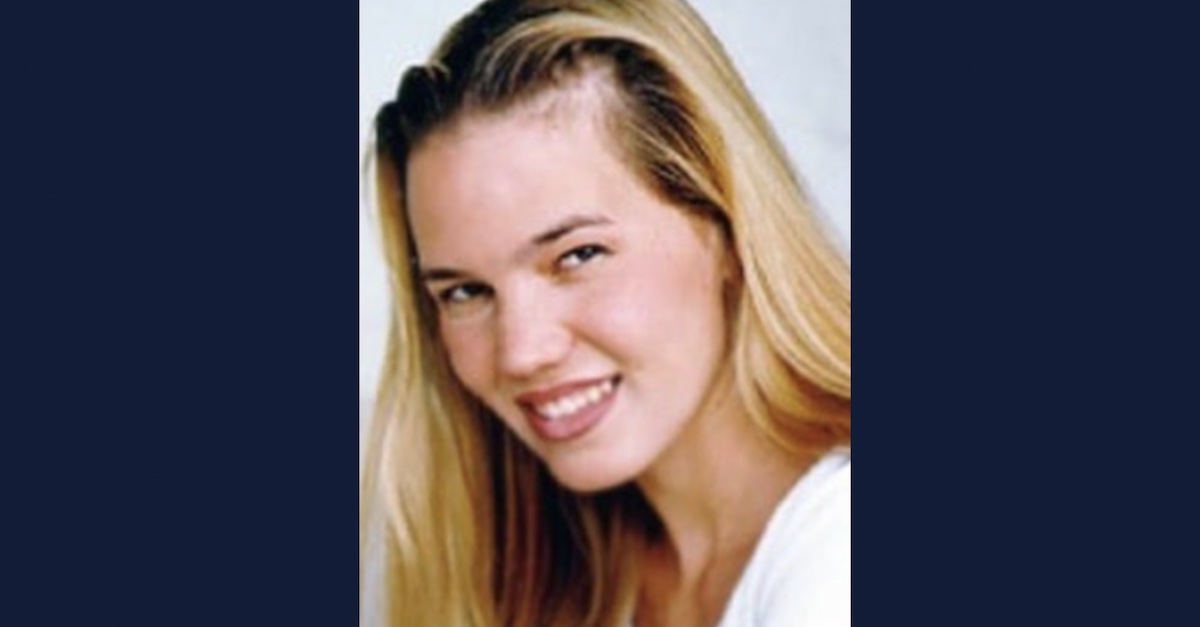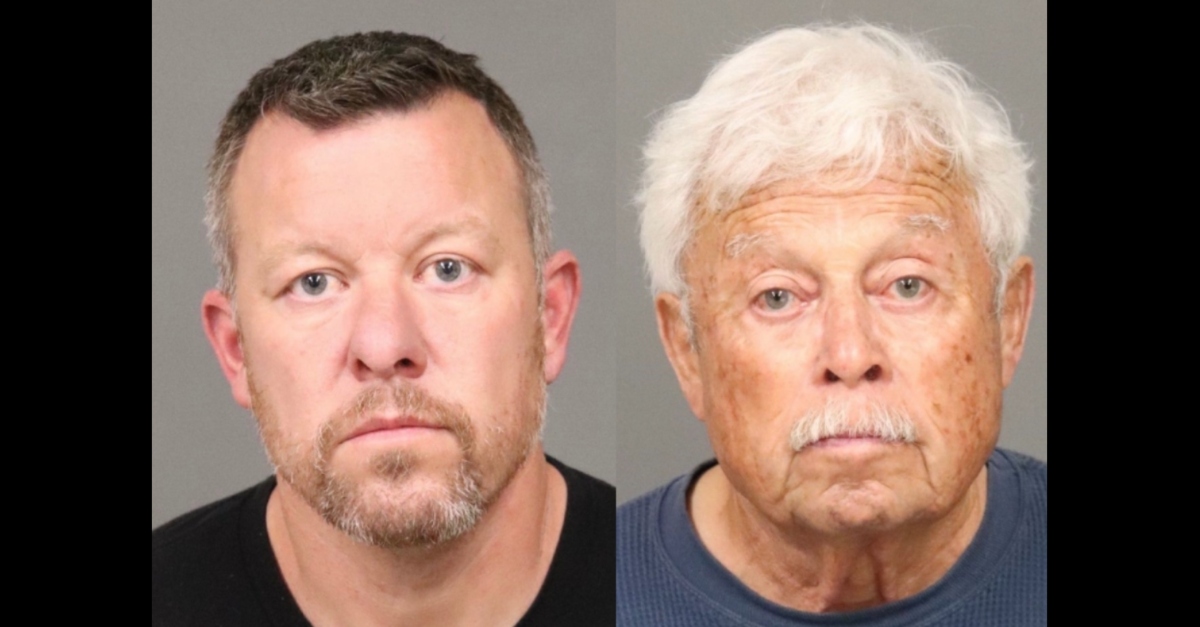
Kristin Smart
California Polytechnic State University freshman Kristin Smart was 19 years old when she disappeared after leaving an off-campus party in 1996. She was declared dead six years later. And though her body has never been found, human remains detection dogs featured prominently in the trial of the man accused of her murder.
Prosecutors in the typically sleepy college town of San Luis Obispo believe then-classmate Paul Flores, 44, tried to rape Smart during the early morning hours of May 25, 1996, and killed her during an ensuing struggle.
The victim was last seen around 2 a.m. on the day in question, while she was heading back to her dormitory at Muir Hall, the FBI has long maintained, relying on one of Flores’ interviews with law enforcement all those years ago. The defendant said he left her about a block away from her living quarters when he went back to his own dorm room.
Though long treated a suspect, Flores wasn’t arrested and charged with Smart’s murder until April of last year. His father Ruben Flores was also arrested and accused of helping hide Smart’s body.
On Monday, one of the original investigators took the stand to tell jurors what she found when inspecting Santa Lucia Hall at Cal Poly SLO, the dorm where Flores lived at the time Smart disappeared.
San Luis Obispo County District Attorney Chris Peurvelle first established that professional dog handler Adella Morris was, in fact, an expert when it comes to training dogs to detect human remains, according to a courtroom report by CBS News. Laying the foundation for combined expert-investigator testimony, the prosecution told jurors that human remains are: “bones, blood, everything that makes up a human.”
Morris reportedly explained that she was currently training her seventh dog during the 36th year of her career as a human remains detection expert. But it was two of her earlier dogs, Cholla and Cirque, who helped conduct the search at Santa Lucia Hall in June 1996.
Morris testified that Cholla, a border collie, was the “more reliable” of the two when it came to “finding human remains” and that she had “several finds to her career,” which lasted from 1995 to 2000.
After first being asked to search reservoirs connected to the Cal Poly SLO campus, Morris was instructed to search an on-campus dorm, she told jurors, saying she “had no idea whose dorm it was.”
It was Flores’ dorm.

Paul Flores and Ruben Flores
The expert investigator said she went in to perform a “blind procedure,” a scientific term that means she knew another human remains detection team consisting of a dog and their handler had been there first – but that she was not told where, exactly, they went, or what, if anything, they found. All she was told, she reportedly testified, was to start at any given entrance and then rely on her the established training and detection processes of her profession.
The process for a dog detecting human remains, Morris explained to San Luis Obispo County jurors, was “watching for that change of behavior which is characteristic when they’re in their target scent.”
Cholla was Morris’ main dog, she said, and was allowed off-leash when the pair entered the dorm to begin their investigation.
“She, like, ran down the hall and almost immediately she literally made a U-turn and started coming back and concentrating on some of the doors,” the expert testified, referring to Cholla.
After that, Morris said, the dog signaled her special “alert,” which was jumping on Morris, at one door in particular: 128.
That door, as it turned out, belonged to Flores.
Then the two went inside the alleged killer’s room.
There, Morris said, Cholla was “primarily interested in the bed, on the bed,” and repeatedly alerted to the target scent a dozen times on the bed. Morris said there was no mistaking the dog’s response, which she characterized as both “enthusiastic” and “emphatic.”
At no other time during a search of Santa Lucia Hall’s three floors, the expert testified, did Cholla signal another alert.
And then the process repeated with the dog named Cirque; Morris explained that this dog’s alert was not jumping but body language.
A similar scene unfolded, the expert testified, with the second dog alerting only at the door of 128 and then on the left side of the room that belonged to Flores back then. Yet again, Morris said, repeat alerts occurred “around the bed area” but nowhere else in the building.
Flores’ defense attorney, Robert Sanger, pursued several lines of argument in an effort to discredit the dog-handler.
First, he reportedly asked about how a dog might respond to a certain cut of beef. Morris said a dog would want to eat it. Then, he asked about the presence of police tape in the dorm where the search was conducted. Morris replied that there was nothing to distinguish any of the dorms from one another when she searched them but later clarified that, if there was any police tape, she didn’t see it.
“For the most part, the cases that you talked about that were successful were cases where you located a body or body part,” Sanger said at one point, “In the Kristin Smart case…you didn’t find anything.”
The prosecution then objected, CBS News reported, but was overruled.
Morris responded: “There was no physical evidence that we were aware of.”
Alberto Luperon contributed to this report.
[image via San Luis Obispo County Sheriff’s Office]